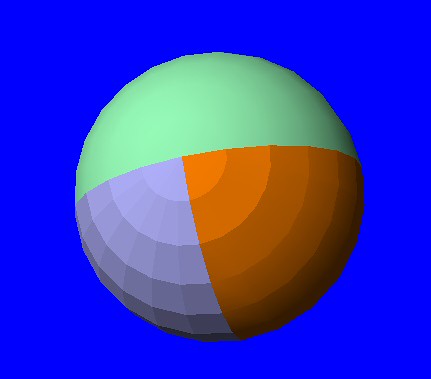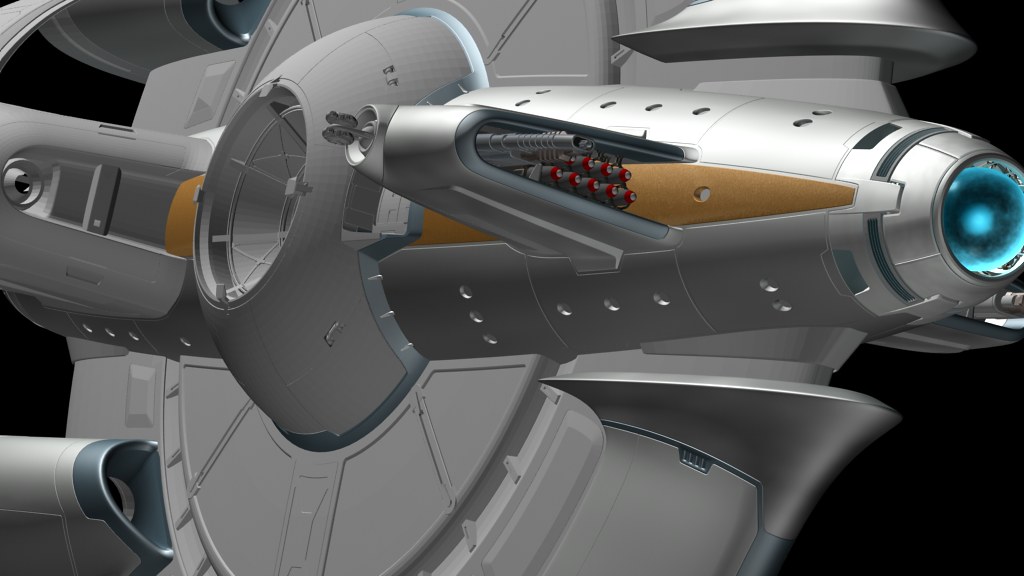In Lightwave each surface has its own smoothing angle; two groups of polygons adjacent to one another on a sphere, for example, can have different degrees of smoothing. There may be an equivalence there; that said I've never seen any reference to smoothing groups in Lightwave, but many assertions that it's not used in either LW or in Modo prior to 501.
Here are surfaces set to no smoothing, 15 percent and 90 percent. The polygons are contiguous and welded together.

As I said, the parts of the model I've converted and applied basic textures to look fine. I've seen a number of models, including some I've built, converted to and from LW/MAX and they always look a little different but the conversions don't seem to be problematic.
Here are surfaces set to no smoothing, 15 percent and 90 percent. The polygons are contiguous and welded together.

As I said, the parts of the model I've converted and applied basic textures to look fine. I've seen a number of models, including some I've built, converted to and from LW/MAX and they always look a little different but the conversions don't seem to be problematic.
Last edited:













